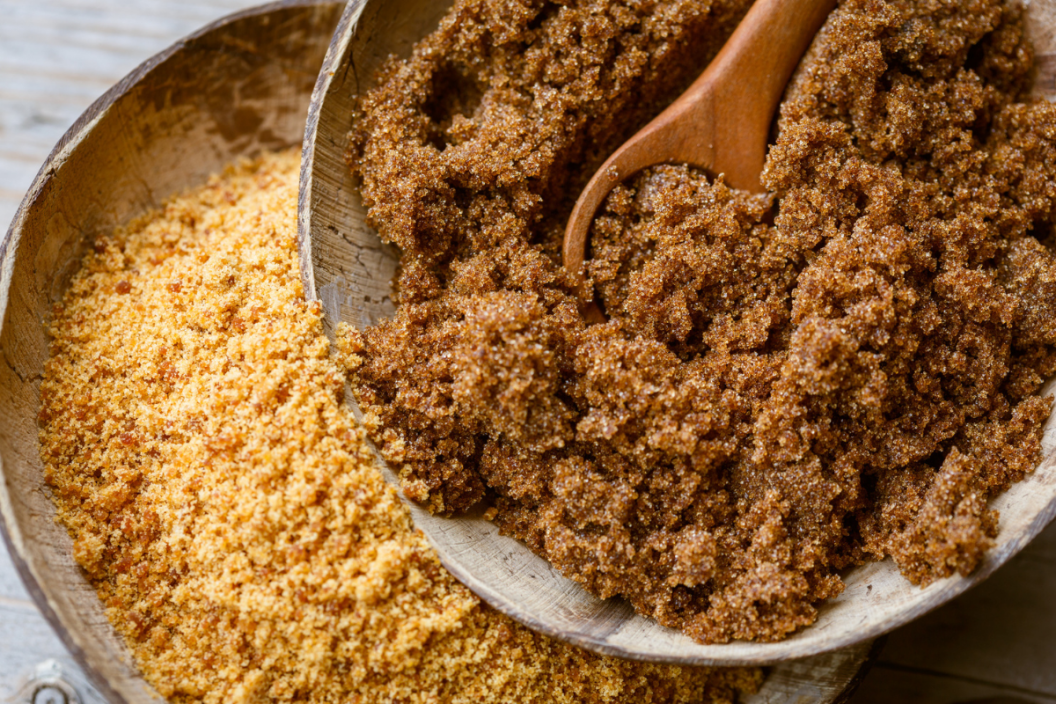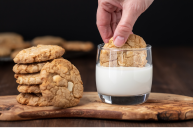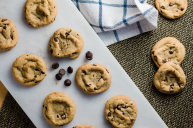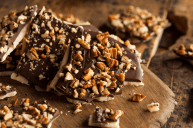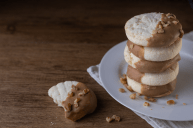Brown sugar is an essential ingredient in many recipes, from gingerbread cookies to BBQ marinades. Its warm molasses flavor gives a sweet taste to any cake or cookie because of the molasses in it. However, it can be hard to distinguish between the two types of brown sugar, light brown and dark brown. Here's the difference between dark vs light brown sugar so you'll never confuse them again.
What is Brown Sugar?
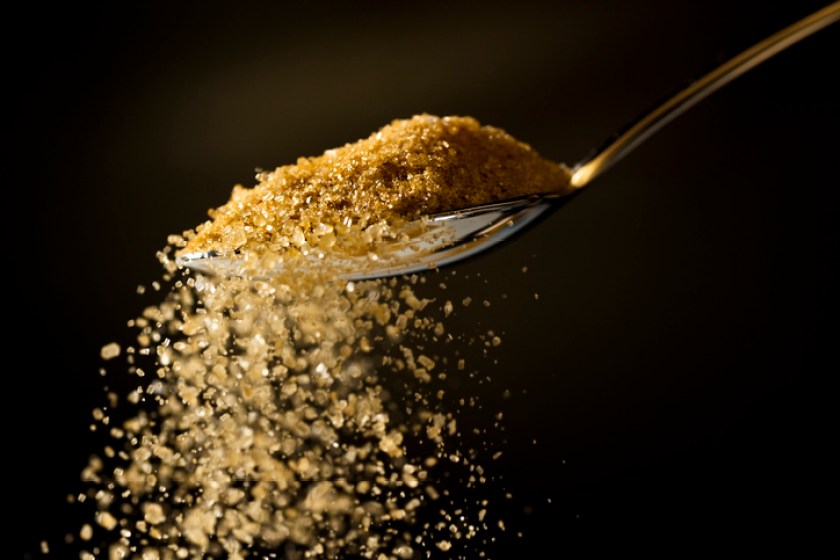
Getty Images/mariusFM77
To talk about the difference between light brown sugar and dark brown sugar, first it's important to define brown sugar overall. Brown sugar is white sugar that has molasses added to it. This is what gives it its deep brown color and toffee-caramel flavor. You can find it in the baking section of grocery stores or online at Amazon.
Brown sugar is used in many baking recipes such as banana bread, chocolate chip cookies, brownies and gingersnaps. It's also a common ingredient in savory recipes, like salmon marinades, peanut sauce, and flavoring for baked acorn squash or sweet potatoes. Its sweet molasses flavor adds the perfect touch of sweetness to these otherwise savory recipes.
What is the Difference Between Light and Dark Brown Sugar?
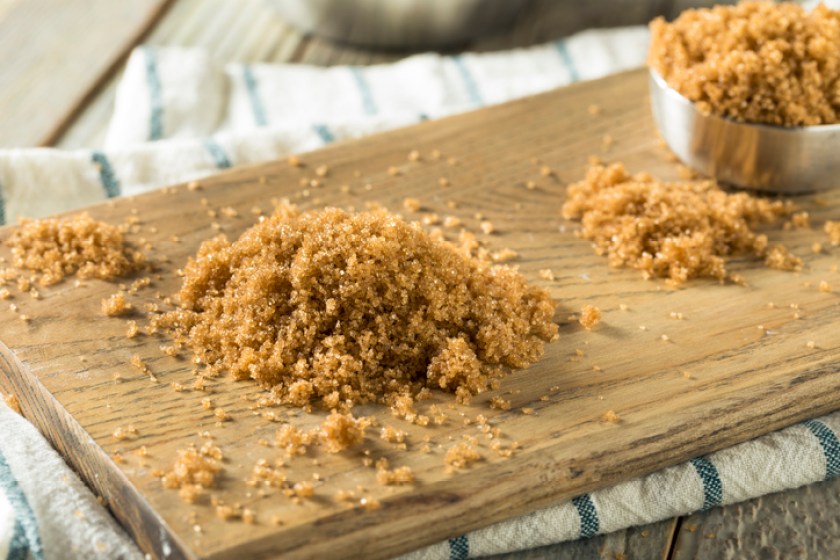
Getty Images/bhofack2
Although light and dark brown sugar are both white sugar with molasses added, they have their differences. The reason that dark brown sugar is darker than light brown sugar is that it has a larger amount of molasses added to it. That gives it a very strong molasses flavor and makes it moist.
Light brown sugar, on the other hand, has less molasses, giving it a more mild flavor and a drier texture. Specifically, light brown sugar has 3.5 percent molasses, and dark brown sugar has almost twice as much at 6.5 percent.
Because of its higher molasses content, dark brown sugar results in chewier cookies and sweets that are a lovely dark brown color. Baked goods with this type of sugar also take longer than sweets baked with light brown sugar because of the added moisture.
When a Recipe Calls for Brown Sugar Which Should You Use?
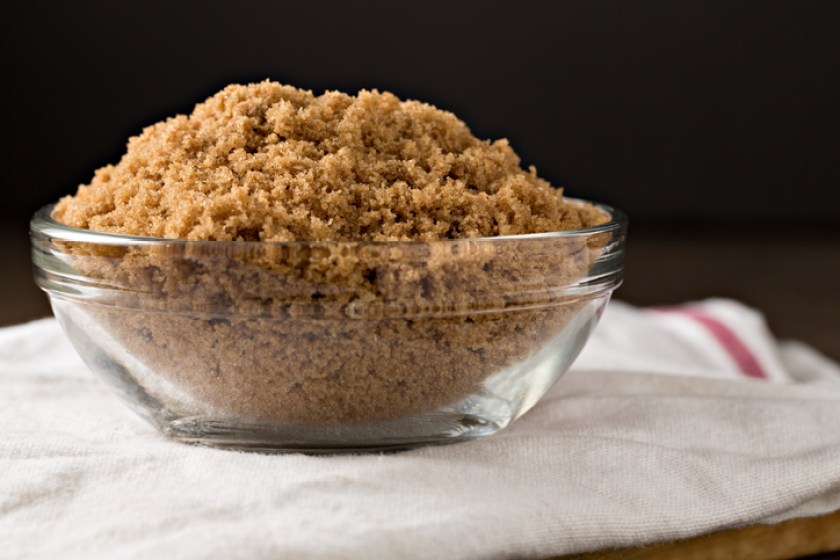
Getty Images/DebbiSmirnoff
Light brown sugar with its mild flavor is used more often than its darker counterpart. However, dark brown sugar is commonly used for recipes that call for a strong caramel flavor like gingerbread and baked beans.
Many recipes don't specify which brown sugar to use in the ingredient list. This is because it doesn't matter too much which type of brown sugar you use in most recipes. The main difference between them in recipes is the flavor- dark brown sugar brings a more complex flavor, deeper and stronger than that of light brown sugar.
If you're looking for a more subtle flavor, it's better to use light brown sugar. However, if you want your batch of cookies, cake or sauce to have a deep molasses flavor, dark is the way to go. If your recipe doesn't specify and you're unsure, it's best to go with light brown sugar, since it's more commonly used.
DIY Brown Sugar
If you find yourself without brown sugar but need to use it in a recipe, you can easily make your own with just two ingredients- white sugar and molasses. Here's a recipe at The Spruce Eats.
